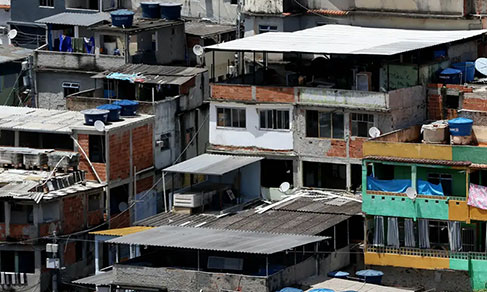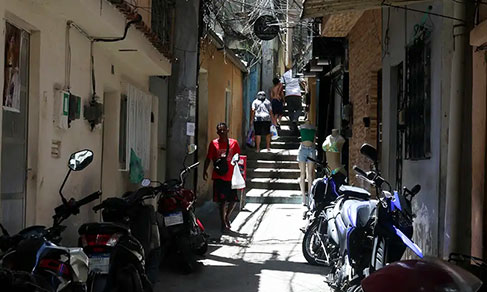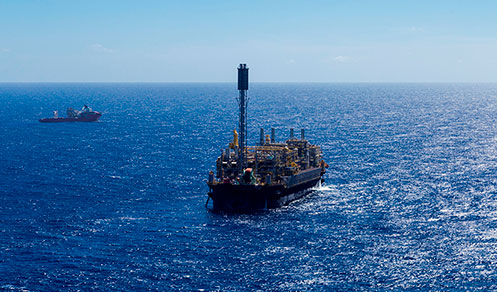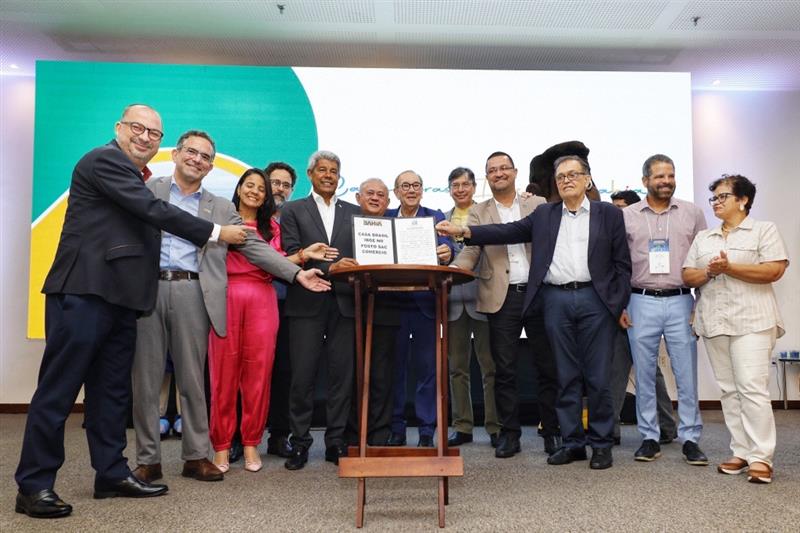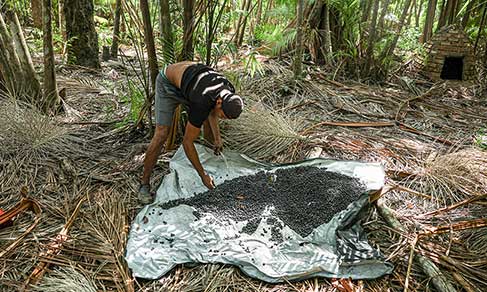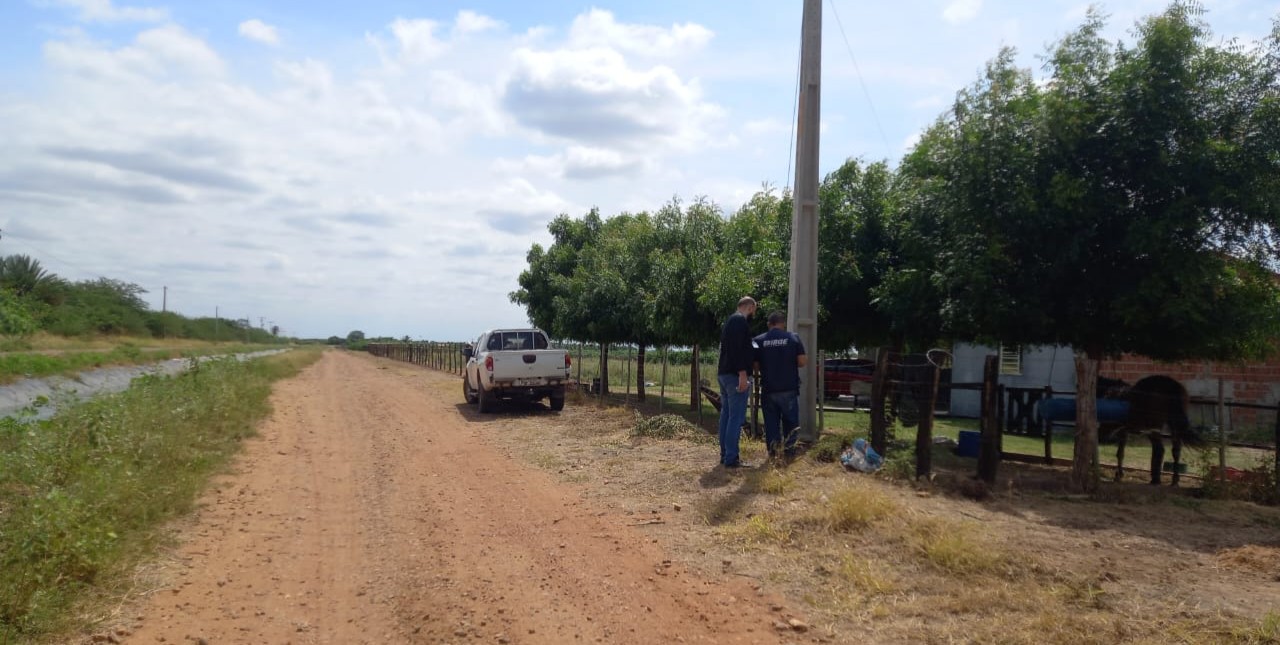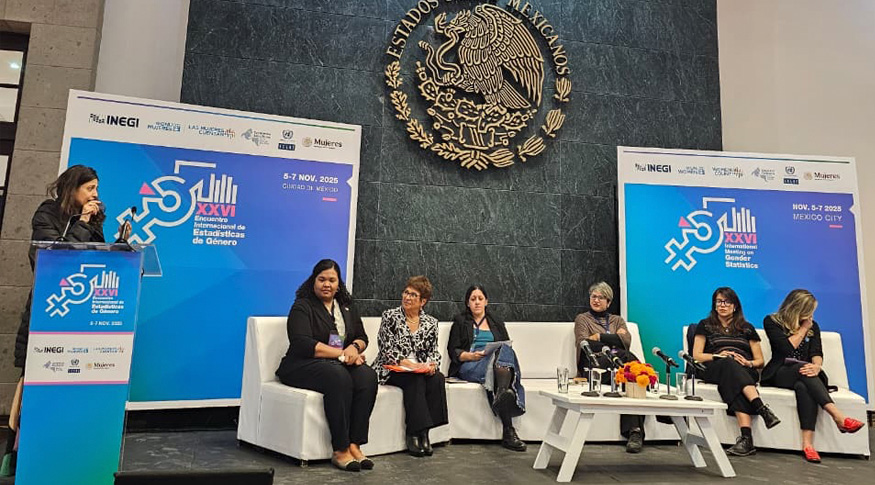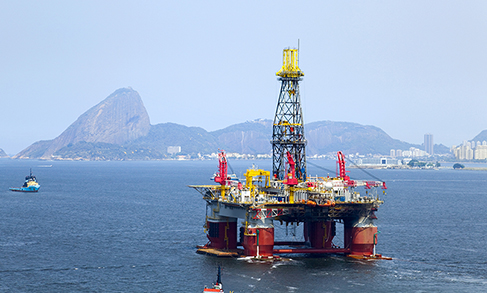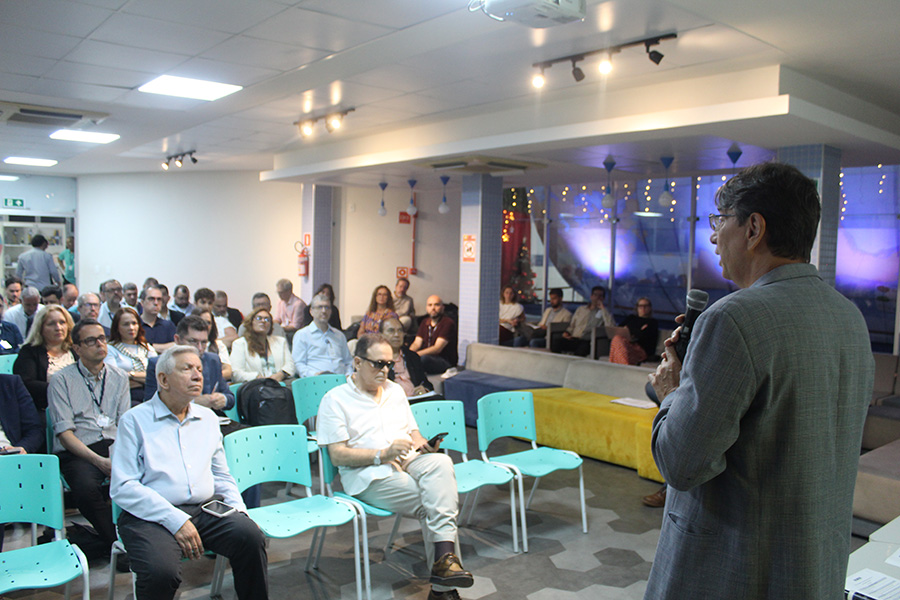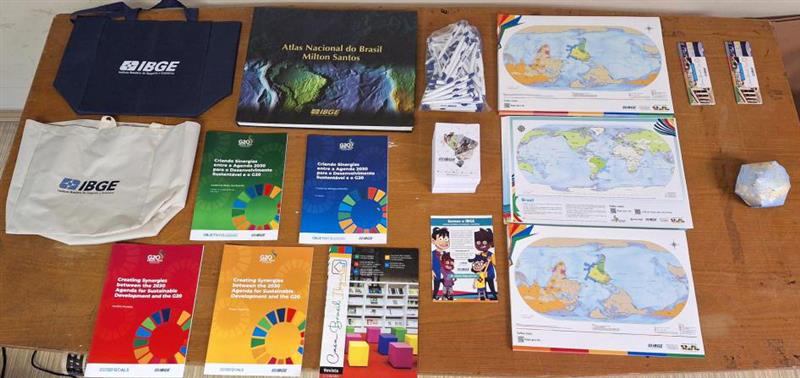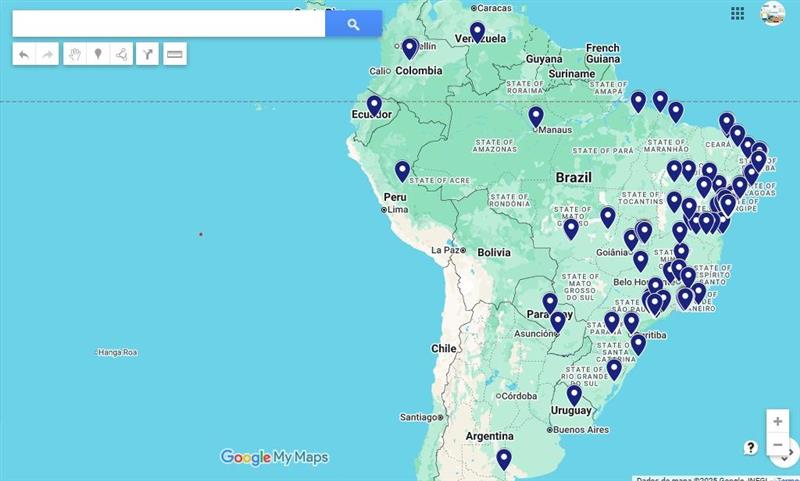Regional industry
Industrial production closes 2024 with growth in 17 of the 18 places surveyed
February 11, 2025 09h00 AM | Last Updated: February 12, 2025 09h27 AM

National industrial production fell by 0.3% between November and December, with declines in seven of the 15 places surveyed. With December result, the year of 2024 ends with growth of 3.1% compared to 2023, with positive rates in 17 of the 18 places analyzed. The data are from the Monthly Survey of Industry (PIM), - Regional Edition, released today (11) by the IBGE.
The biggest increases of the year were the results of Santa Catarina (7.7%), Rio Grande do Norte (7.4%) and Ceará (6.9%), which occurred mainly due to the activities of electrical machinery, equipment and materials, machinery and equipment, manufacture of wearing apparel and accessories, and food products, in the first; coke, petroleum products and biofuels (diesel fuel), in the second; and leather goods, travel goods and footwear, manufacture of wearing apparel and accessories, and textile products in the third.
Pará (5.7%), Mato Grosso (5.4%), Pernambuco (4.6%), Paraná (4.2%), Amazonas (3.6%) and Mato Grosso do Sul (3.5%) were other places that showed positive rates above the national average (3.1%).
“In 2024, the progress seen in the national industry occurred with a low comparison base in 2023, which favors growth in this type of assessment. Regionally, there was a pace of increase in the industry, with expansion in almost all the places surveyed,” highlights Bernardo Almeida, analyst of the survey.
São Paulo exerted the main influence on the year-to-date growth, with a growth of 3.1%. “This result can be explained by the performance of the motor vehicle sectors (production of auto parts, automobiles, tractor-trailer trucks, semi-trailers and trucks) and other chemical products (production of fungicides for use in agriculture and hair preparations),” explains Mr. Almeida. He points out that the São Paulo industry had a similar behavior to that observed in the national scenario, that is, a moderate one.
Bahia (2.7%), Goiás (2.6%), Northeast Region (2.5%), Maranhão (2.5%), Minas Gerais (2.5%), Rio Grande do Sul (0.6%) and Rio de Janeiro (0.1%) also recorded growth in production in the cumulative index in 2024.
With a decline of 1.6%, Espírito Santo was the only location that presented a negative result in the cumulative index in the year. This was mainly due to the performance of the activities of mining and quarrying industries (crude petroleum oils) and pulp, paper and paper products (cellulose).
Seven of the 15 places surveyed showed negative results in December compared to November
Compared to the previous month, in December 2024 industrial production changed by -0.3%, with seven of the 15 places surveyed showing negative results. This is the third negative result in a row, causing an cumulative loss of 1.2%. The most significant declines came from Pará (-8.8%) and Ceará (-6.8%). The industry in Pará eliminated part of the 14.7% gain accumulated in the months of October and November 2024. Ceará, on the other hand, recorded a loss of 8.0% in two consecutive months of falling production.
Mato Grosso (-4.7%), Paraná (-4.1%) and Rio de Janeiro (-1.1%) also had negative rates that were above than the national average (-0.3%). São Paulo (-0.2%) and Minas Gerais (-0.1%) completed the list of places with negative rates in December 2024.
The negative change in São Paulo was caused, to agreat extent, by the food, motor vehicles and chemical products sectors. As a result, the industry in São Paulo is 1.6% below its pre-pandemic level and 23.6% below its highest level, reached in March 2011.
“The increase in inflation and interest rates mitigated the positive effects of the improvement in the labor market, thus leading to caution in industrial production in December,” notes Mr. Almeida.
On the other hand, Amazonas (4.3%), Espírito Santo (4.0%) and Pernambuco (3.9%) were responsible for the most intense expansions in the last month of the year, with the first location intensifying the advance observed in last November (3.2%), the second interrupting two consecutive months of decline in production, a period in which it accumulated a loss of 9.1%, and the third accumulating a gain of 5.9% in two consecutive months of growth. Bahia (2.8%), Northeast Region (1.4%), Goiás (0.8%), Rio Grande do Sul (0.7%) and Santa Catarina (0.5%) showed the other positive results in December.
In relation to December 2023, nine places showed growth
In the comparison between the figures for December 2024 and December 2023, the industrial sector grew 1.6%, with nine of the 18 places surveyed obtaining positive results. It is important to highlight that December 2024 (21 days) had one more business day than the same month of the previous year (20).
Amazonas (11.0%) and Pernambuco (10.1%) grew at a level above double digits, being the most intense ones. Mato Grosso (8.5%), Santa Catarina (7.2%), Northeast Region (4.8%), Bahia (4.2%), Rio Grande do Sul (3.8%), Pará (2.9%) and Paraná (2.5%) completed the set of places with growth in production in the monthly index for December 2024.
On the other hand, Rio Grande do Norte (-21.1%) and Mato Grosso do Sul (-10.9%) had the sharpest drops. Espírito Santo (-9.2%), Ceará (-8.2%), Rio de Janeiro (-5.1%), Maranhão (-3.9%), Goiás (-2.8%), Minas Gerais (-1.8%) and São Paulo (-1.5%) showed the remaining negative results in December.
More about the survey
Since the 1970s, PIM Regional has been producing short-term indicators on the behavior of the real output of the mining and quarrying and manufacturing industries. It provides monthly indexes for 17 Federation Units whose share is at least 0.5% of the total value of national industrial transformation and for the Northeast as a whole: Amazonas, Pará, Maranhão, Ceará, Rio Grande do Norte, Pernambuco, Bahia, Minas Gerais, Espírito Santo, Rio de Janeiro, São Paulo, Paraná, Santa Catarina, Rio Grande do Sul, Mato Grosso, Goiás and the Northeast Region.
The survey results can also be consulted on Sidra, the IBGE database. The next release of PIM Regional, for January 2025, will be on March 18.


